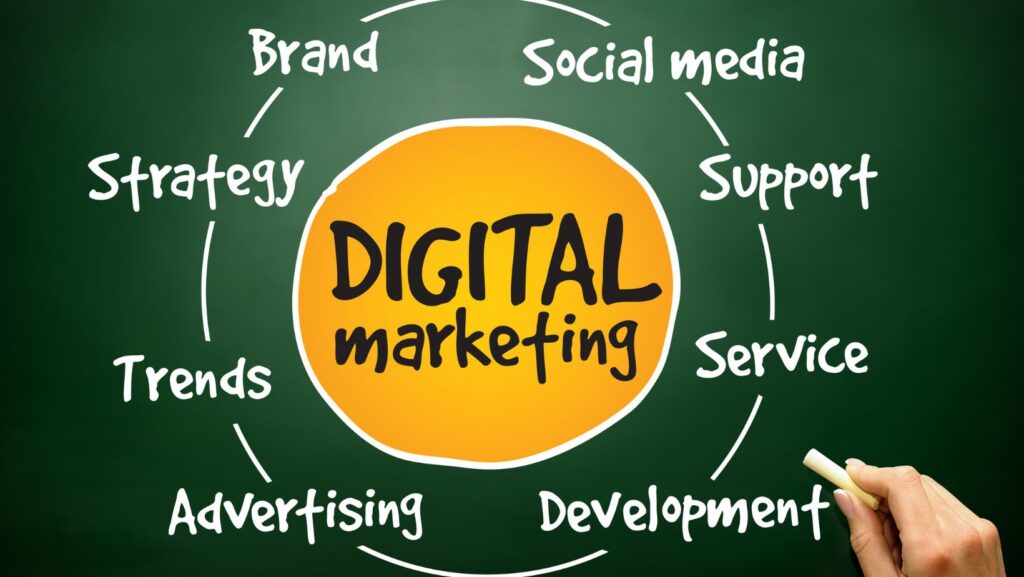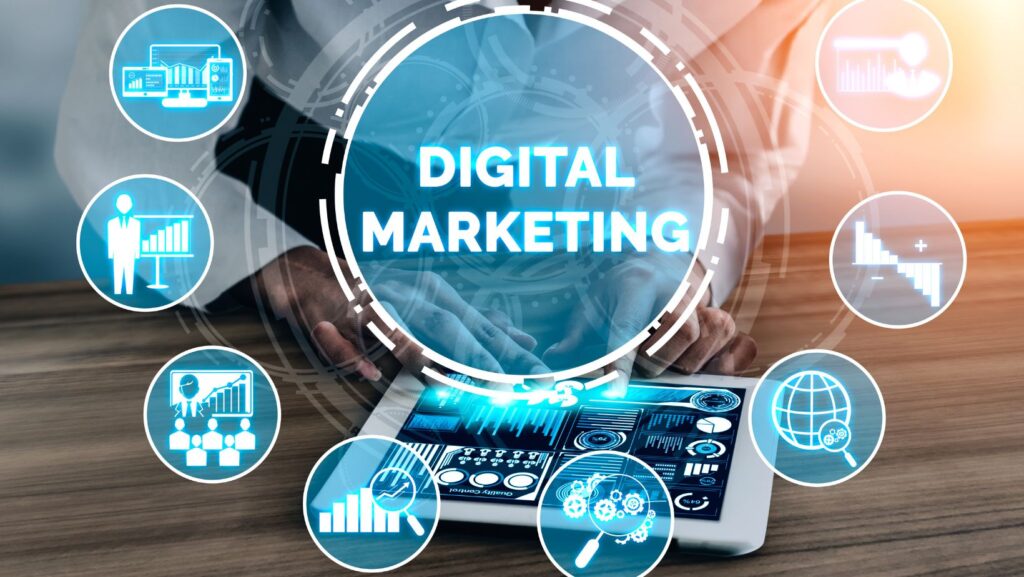It feels like every week there’s a new twist in the AI story – new tools, new headlines, new claims about machines replacing humans or revolutionizing business. But underneath all that noise, a quieter and more profound shift is happening. It’s called agentic AI, and it’s not just about producing text or images; it’s about creating AI systems that can act on goals, learn independently, and make their own micro-decisions in complex workflows. If that sounds a bit sci-fi, that’s because it kind of is – though it’s closer than most marketers realize. For a clear breakdown of what this means and where the tech stands today, it’s worth reading this agentic ai overview from ServiceNow.
The truth is, AI has already seeped into nearly every corner of digital marketing – from campaign bidding algorithms to SEO content suggestions. But agentic AI could take it to a completely new level. It’s a leap beyond automation or even smart analytics; it’s about AI systems that decide what to do next, rather than simply waiting for your next prompt. In that sense, it’s a shift that could redefine the digital marketing playbook – and every marketer, influencer, and content strategist should at least understand the basics before it starts making creative calls without them.
1. It’s Not Just Another Buzzword – It’s a Whole New Type of Intelligence
Every few years, the tech world falls in love with a new term – “big data,” “machine learning,” “deep learning,” and now “agentic AI.” But this isn’t just marketing jargon. The key difference is autonomy. Traditional AI responds when you ask it something. Agentic AI, by contrast, can set sub-goals, monitor outcomes, and act toward an objective with minimal intervention. Picture it less like a chatbot and more like an assistant who knows the goal and takes initiative when things change.
This shift means marketers could soon rely on AI to monitor engagement data, adjust campaign pacing, or even launch micro-experiments across channels automatically. For instance, imagine your social content system noticing that engagement on reels drops by 20% on Fridays – and instead of waiting for you, it pushes your best-performing TikTok post to fill the gap. That’s not fantasy; that’s a very possible near-future use case for agentic systems. Some researchers even debate whether highly advanced forms of AI might start edging toward a kind of self-awareness or intentionality – a conversation explored in articles like CBC’s discussion on sentient AI. While we’re not there yet, it’s a good reminder that this next wave of AI isn’t just about speed – it’s about responsibility, too.
2. It’s Redefining Campaign Management and Creative Workflows
Here’s where things get exciting (and a bit unnerving): agentic AI doesn’t just assist; it collaborates. Think of it like a marketing co-manager who can access your analytics, scheduling tools, and ad dashboards all at once. If you’ve read about how chatbots can already optimize SaaS landing pages by improving conversion feedback loops, you’ve already seen a hint of what’s possible. Now, imagine that level of dynamic learning scaled across every aspect of your marketing operation – from copywriting and image testing to timing, channel selection, and tone.

In practice, this means campaigns might start to evolve mid-flight. An agentic system could, for example, notice that audiences in one region are responding better to video than static ads and automatically reallocate budget to prioritize that content format. It could analyze A/B tests, flag anomalies in click-through rates, or even rewrite portions of ad copy to better fit user trends – all while you’re asleep. This sounds like a dream, right? Except, like any power tool, it comes with risk. An over-confident AI that’s optimizing in the wrong direction can quietly drain ad budgets or distort campaign goals. That’s why human oversight and ethical frameworks must stay central – because the danger isn’t that AI will replace marketers, but that it will start making decisions we don’t fully understand.
For digital teams, the new challenge isn’t about resisting automation – it’s about learning how to manage autonomous systems effectively. That might sound subtle, but it’s a paradigm shift. A good marketer in the agentic era won’t be the one who writes the most clever copy; it’ll be the one who knows when to let the machine run and when to pull it back.
3. The Future Belongs to Marketers Who Blend Creativity and Control
The rise of agentic AI could be either a revolution or a mess, depending on how people handle it. The most successful marketers of the next few years won’t just understand branding and analytics – they’ll know how to collaborate with AI. They’ll design workflows that leave space for machine-led experimentation but enforce human-led values, tone, and brand consistency. Think of it like having a tireless creative partner who works 24/7 but still needs you to define the vision.
This means upskilling is no longer optional. Marketers should start familiarizing themselves with multi-agent systems, feedback loops, and prompt chaining – not in a technical way, but just enough to understand what’s under the hood. The idea isn’t to become a coder; it’s to learn how to speak the new marketing language where AI acts as a participant rather than a passive tool. At the same time, ethics and transparency will become major selling points. Consumers are getting smarter and can spot when content feels overly automated. The brands that win will be the ones honest about how they use AI – showing audiences that automation is there to improve experiences, not manipulate them.
Agentic AI is coming fast, and like every big shift, it’ll reward those who experiment early. If generative AI helped marketers produce more, agentic AI will help them decide better – but only if they stay curious, thoughtful, and firmly in charge of their creative compass. The future of marketing won’t be AI versus humans; it’ll be the brands that blend the best of both.


